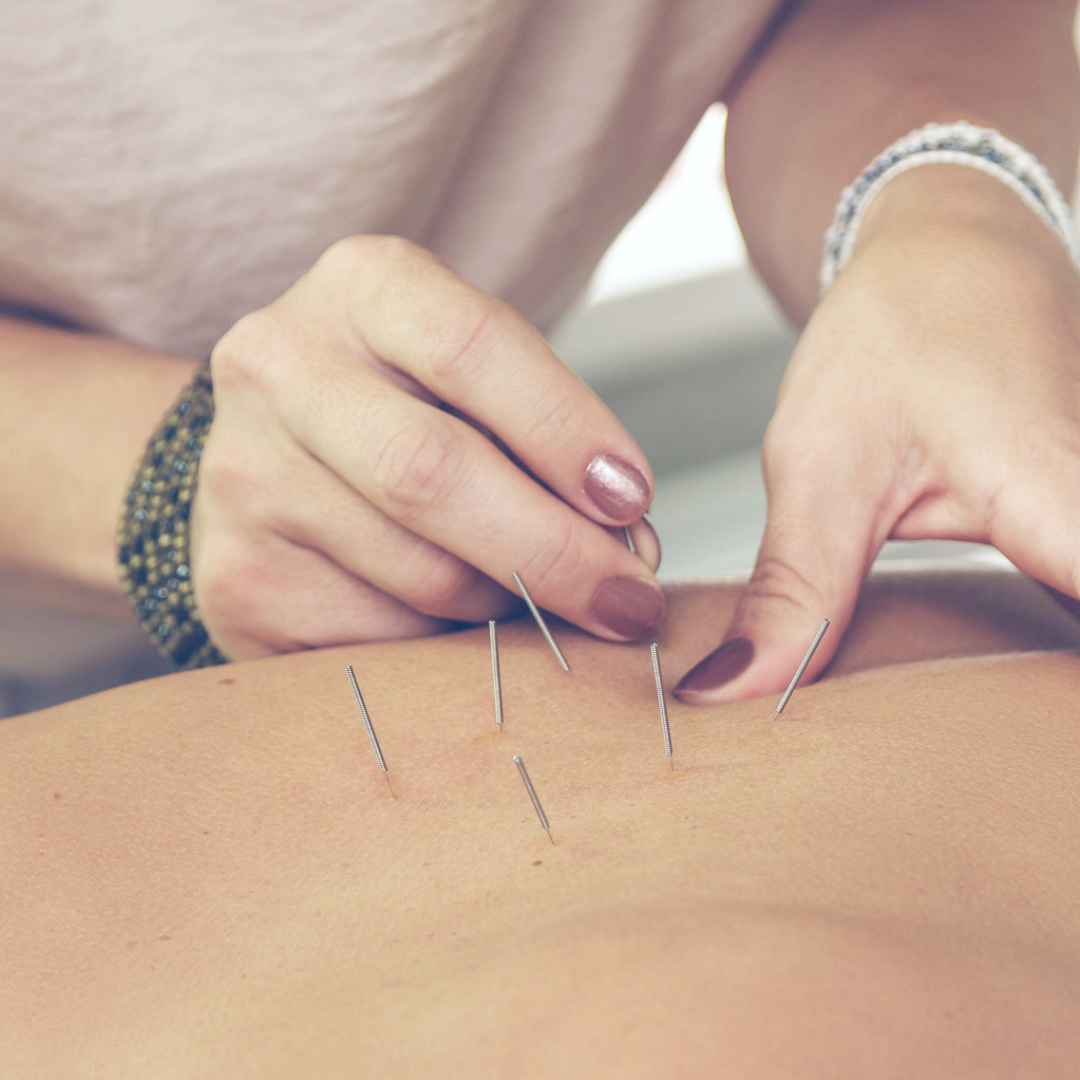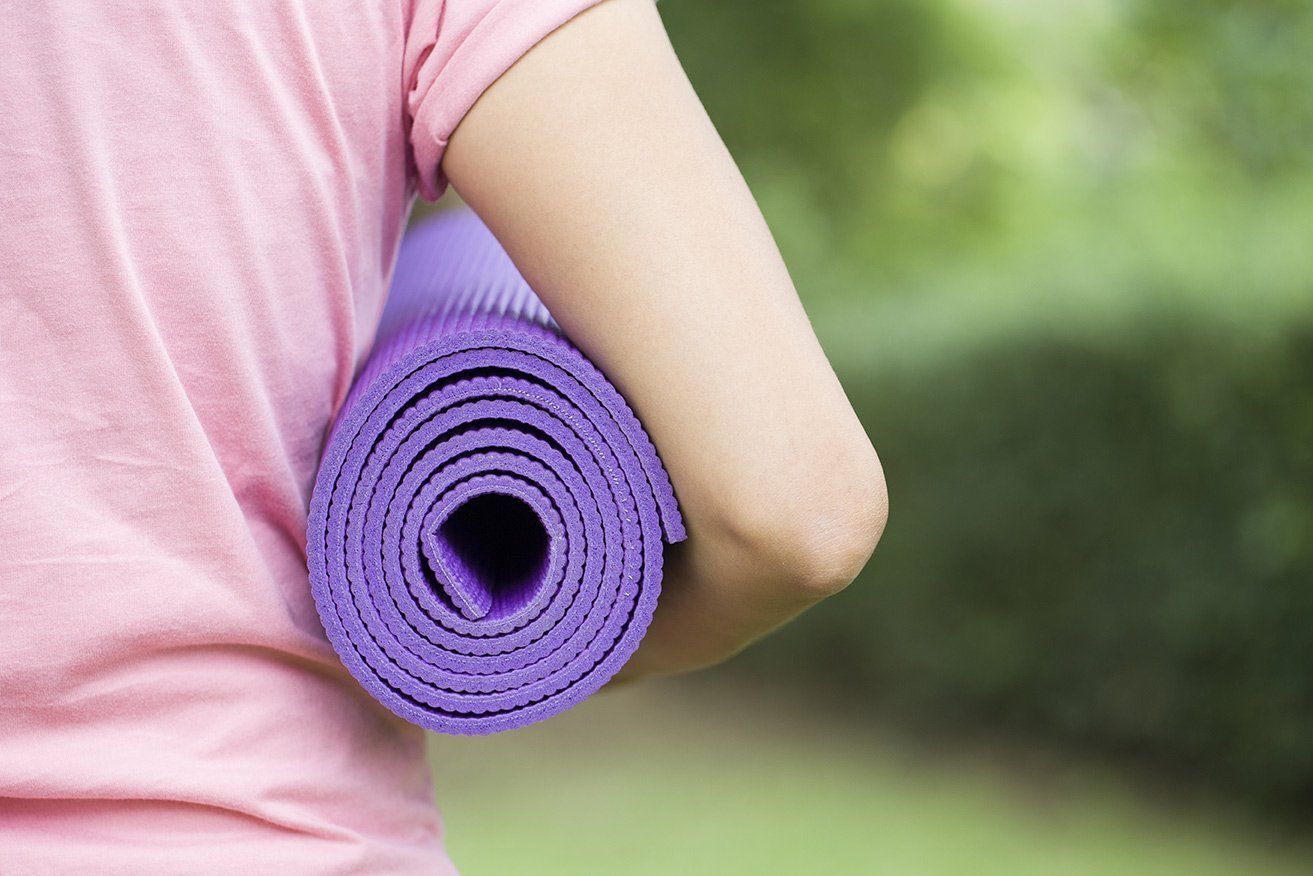Our services
At West University Wellness, we are dedicated to being your family doctors and providing holistic, effective pro-active health care for you and your entire family.
Top services
Click on each service to learn more
Current Services
Scroll each service to learn more

Pregnancy
At West University Wellness we take special precautions with our pregnant patients. We modify our adjusting techniques to fit each stage of our patients’ pregnancies. With over 20 years of experience and education, we are one of the top Pregnancy Chiropractor Houston clinics and have the most Webster, Pregnancy and Pediatric certified chiropractors of any practice in Houston!
WEBSTER TECHNIQUE AND FETAL POSITIONING
The Webster technique is a specific chiropractic analysis and adjustment. The goal of the adjustment is to reduce the effects of sacral subluxation and or sacroiliac joint dysfunction. In doing so, doing neuro-biomechanical function in the pelvis is improved. This allows the baby optimal room for movement in utero and provides it the opportunity to develop free of constraint. Conversely, if the woman’s sacrum (the major triangular bone in her pelvis) is out of alignment, it will affect the alignment of her entire pelvis. Misalignment of the pelvis will create an uneven pulling effect on the uterine ligaments, which explains why some women feel sensitivity on one side more than the other.
- Any compromised position for the baby throughout pregnancy will affect his or her optimal development.
- Conditions such as torticollis may occur because a baby’s space was cramped in utero.
- If the woman’s uterus is constrained as birth approaches, the baby is prevented from getting into the best possible position for birth. In other words, a baby could be breech, in transverse position or OP (occiput posterior).
In the late seventies, Larry Webster, DC, founder of the International Chiropractic Pediatric Association, noted a connection between subluxations of the sacral and pelvic bones and abnormal fetal positioning. He developed a gentle chiropractic adjusting technique (called the Webster Technique) to restore movement and alignment in the sacrum and observed that babies would regularly turn to the vertex position on their own after the adjustment.
- The Webster Technique involves analysis of the pelvic bones and correcting the aberrant biomechanics through the use of a light force adjustment to the sacrum.
- It also involves the release of specific abdominal muscle tension or spasm.
- All of our Doctors of Chiropractic are Webster Technique certified and have years of experience working with pregnant mothers.
CHIROPRACTIC FOR AN EASIER BIRTH
The body’s intelligence wants the easiest route out for the baby. If a mother’s biomechanics are compromised, obstetric interventions are more likely to be recommended and implemented.
- Doctors of Chiropractic work specifically with your pelvis throughout pregnancy to restore a state of balance and creating an environment for an easier safer delivery. We do not move the baby in any way – the work is done all on the expecting mother.
- Published studies have indicated that chiropractic care does in fact reduce labor time by an average of 4 hours. (Fallon 1991)
LABOR PREPARATION
There are four parts to the Labor Preparation at West U Wellness. You can choose 1, 2, 3, or all 4.
(1) Chiropractic adjustment: There’s a special adjustment we add called the Logan Basic which helps to relax you and prepare your body for labor. This does not take much additional time, so it’s part of the 10-minute adjustment.
(2) Massage by the doctor: There are certain massage techniques that the doctors use to try and loosen up your joints and help during labor. We sometimes combine this with Dynamic Body Balancing or craniosacral techniques. This would be an additional 10 to 20-minutes on top of the chiropractic adjustment.
(3) Acupuncture: I am the chiropractor who is also certified in acupuncture. Acupuncture takes approximately 45 minutes on top of any of the services listed above.
(4) Massage by the Massage Therapist: Our massage therapists Angie and Juanita are certified in prenatal massage and have done thousands of prenatal massage therapists over the last 10+ years. In 2022 they went to Mexico to become trained in Mayan Abdominal Massage. Therefore, they learned even more techniques on how to prepare a mom’s body for labor and how to help heal it post-partum. Their Labor Prep massage usually takes 90 minutes in addition to any of the things listed above.
In other words, over the years we have developed lots of techniques to help encourage a natural labor! We’ve had women do various varieties of all of the techniques. It just depends on what you’re comfortable with, how much time you have, and what your budget may be.
CHIROPRACTIC AFTER BIRTH
During the first few months post-partum you are still producing relaxin hormone so it’s a great time to make some permanent changes to your alignment which can help you recover faster but also help prepare your body for future births. Learn more about chiropractic care for pregnancy.

Chiropractic
The Doctors of Chiropractic at West University Wellness do not just use the same type of adjustment on every patient, but use a variety of techniques to customize a treatment plan for each of our clients.
Our youngest patient was a few hours old and our oldest was 106!
Diversified
The term chiropractic came from the Greek “cheiros” and “praktikos” which together translates to “done by hand”.
- Diversified technique is a manual hands-on adjustment technique that involves applying a quick but gentle specific force to a joint to restore normal movement.
- It may not be appropriate for every person and our trained chiropractors will evaluate if this is the right technique to use for you.
Activator MethodsTM
Another oft-used technique is Activator Method ™ which involves using a spring-loaded instrument to deliver a very gentle but also specific force on a joint.
- There is no joint popping or manual twisting involved with this technique, which is one of the reasons why some patients prefer it.
- Activator technique is also great for any kind of extremity adjustments, most commonly used at our office on the shoulder, wrist, hand, knee, hip, ankle, foot but also for the jaw and pelvis.
- Dr. Long is Advanced Certified, while Dr. Ploy and Dr. Burk are Basic Proficiency Certified with Activator Methods
Cranial Technique
When you look at a human skull, you will notice that there are always suture lines. In long bones such as in the arm and leg, these growth lines fuse when one reaches skeletal maturity, but they never do in the skull. Those who practice Cranial Techniques believe there is always some residual movement at these junctures.
- If pressure builds up under these cranial bones, it can result in headaches, difficulties concentrating, chronic ear aches, and sinus problems.
- Adjustments along these cranial bones can help with these conditions and many others.
- We often employ this technique for children who present with torticollis and plagiocephaly too.
- Dr. Hanieh, Dr. Long, Dr. Patel, and Dr. Ploy all have additional training in craniosacral technique.
Flexion-Distraction
Flexion-Distraction technique is utilized on a specific table when someone has suffered compression of the spine or a lumbar disc issue. With this technique, the lower back is stretched out by both the table and Doctor of Chiropractic resulting in a relief of lumbar pressure.
Logan Basic
Practitioners of Logan Basic believe that the sacrum (base of the spine) can be stuck in a particular position preventing the normal flow of cerebrospinal fluid (CSF) from the sacrum up to the rest of the spine.
- By working on the ligaments that control the sacrum, we can increase the CSF flow much like increasing the flow of a water fountain.
- Adults and babies alike often report being able to sleep much better after a Logan Basic adjustment.
Thompson
The Thompson technique involves a spring-loaded table in which different parts of the table raise up 1/2 – 1″ and then drop down when a quick gentle pressure is applied at that area.
- Thompson is also known as “drop table” technique.
- This is a fantastic adjustment for the pelvis and SI joints, and for that reason it is used a lot for our pregnant patients in their 2nd and 3rd trimesters during which time manual manipulation may not be as safe.
Webster In-Utero Constraint Technique (“Breech Turning”)
This chiropractic adjustment is used most often to help babies who are breech or malpositioned. If there is something not properly aligned with the mother’s pelvis, the fetus becomes restricted and cannot move into the proper position for labor.
- By doing gentle adjustments for the mother (not the baby), we can improve the amount of room she has in her uterus for the baby to move into the correction configuration.
- Drs. Long, Patel, Ploy, Hanieh, and Burk are certified in this technique.
Labor Preparation Technique
Our labor prep technique combines natural methods for labor preparation. We incorporate chiropractic adjustments that stimulate the parasympathetic nervous system, acupuncture points specifically to help to ripen the uterus, manual therapy to relax the round ligaments and other ligaments in the pelvis, and aromatherapy with essential oils known for helping encourage labor. This technique is most successful if performed right after a woman reaches 40 weeks gestation.

Pediatrics
With pediatric chiropractic, we apply very gentle, low-amplitude adjustments to guide the vertebrae into the right position and restore normal nerve and blood flow as well as increase joint motion. All of our doctors have taken a minimum of 300 additional hours of training in pediatric chiropractic to know just the right amount of force to apply to adjust a child but not hurt them. They are all Webster-certified. Dr. Long, Dr. Ploy, Dr. Patel, and Dr. Burk are advanced Certified by the American Council of Chiropractic Pediatrics, an elite certification attained by only a handful of chiropractors in the United States. Dr. Hanieh has also taken the coursework and is awaiting her final certification.
Some may say they work with children, but ALL our pediatric chiropractors also receive additional training in craniosacral techniques.
- Cranial philosophy states that around the skull suture lines, there is always a bit of movement.
- This is especially evident in the infant where there are 22 total bones in the cranium, and the fontanels (soft spots) are still open.
- If any of these are off, it can contribute to jaw issues, sinus congestion, flattening of the skull (plagiocephaly), torticollis, or difficulty sleeping.
- Most parents who bring their kid in to the chiropractor are looking to maximize their child’s overall health and potential for normal growth.
- We have several pediatricians, lactation consultants and pediatric dentists that refer to our office, and even have pediatric residents come monthly to observe the techniques we employ. We work very well with a child’s pediatrician, but can sometimes offer non-medicinal alternatives to health.

Massage and Manual Therapy Services
Massage therapy (a.k.a. manual therapy) is the manipulation of the soft tissues of the body to normalize those tissues. It also is known to affect the circulation of blood, increase the flow of lymph, and reduce muscle tension. Whether you choose a custom massage experience or add one of our elevations, our licensed professional massage therapists have your specific needs in mind and will ensure that you reap the most out of your wellness visit.
Our licensed massage therapists have a combined 40 years of experience to provide the best in deep tissue, neuromuscular massage, sports, prenatal, pediatric massage, labor preparation, hot stones, and more. Our techniques help reduce stress and restore active motion.
Swedish Massage
Swedish sessions can target specific areas of pain like a sprained ankle, or they can be used to help manage the chronic pain that comes with conditions like arthritis. By using strokes that improve circulation and increase body-wide relaxation, the massage therapist can help make many painful conditions more bearable.
The strokes of Swedish massage replicate the movements of the circulatory system.
Swedish massage can break up muscle adhesions and help promote the healthy healing of scar tissue.
Swedish Massage uses strokes like cross-fiber friction to work out the kinks that can accompany injured muscles.
These strokes help get rid of scar tissue and return the muscles to their normal, healthy state.
Sports
Sports massage focuses on relaxing overused muscles and restoring optimal range of motion, increasing flexibility with a variety of techniques such as myofascial release, Swedish massage, and stretching.
Sports massage can also provide welcome relief from mental stress for athletes undergoing rehabilitation and recovery and to help relieve muscle stiffness, improve circulation and increase flexibility to prevent strain and tears.
Whether your sport involves cycling, running, swimming, jumping, or throwing, sports massage can help you improve your performance and stay on top of your game.
Graston
Graston is an instrument-assisted soft tissue mobilization therapy that reinitiates the inflammatory process to trigger the healing cascade through reorganization of fibrous tissue. A contour stainless steel instrument is used to examine and treat soft tissue dysfunction and pathology by facilitating relaxation, enhancing edema reabsorption, and desensitizing trigger points.
Prenatal Massage
Although it’s an exciting time for you, it also comes with much stress and anxiety. This is where massage can help you.
Studies indicate that massage therapy performed during pregnancy can reduce anxiety, decrease symptoms of depression, relieve muscle aches and joint pains, and improve labor outcomes and newborn health. Your body goes through many changes during pregnancy – whether it’s your first baby or your fifth child.
But after you have the baby, who takes care of you? Who nurtures you and helps you heal? We’re here to help you navigate through those changes, answer your questions, and make your pregnancy and post-partum as comfortable as possible.
ANCILLARY UPGRADES
Each upgrade is $25. NO ADDITIONAL TIME ADDED, the time is incorporated into your massage.
Reflexology*
Reflexology is the application of appropriate pressure to specific points and areas on the feet, hands, or ears.
Reflexologists believe that these areas and reflex points correspond to different body organs and systems, and that pressing them has a beneficial effect on the organs and person’s general health.
Reflexology holds that a specific spot in the arch of the foot corresponds to the bladder point.
When a reflexology practitioner uses thumbs or fingers to apply appropriate pressure to this area, it affects bladder functioning.
AromaTherapy*
AromaTherapy uses fragrant oils extracted from herbs, flowers, and fruits to naturally enhance the benefits of massage.
Aromatherapy uses volatile plant materials, known as essential oils, and other aromatic compounds for the purpose of altering a person’s mood or health. Clary sage can help in the early stages of labor. Some essential oils such as tea tree have demonstrated anti-microbial effects, while others like lavender and vertiver induce relaxation.
Hot Stones*
Applying hot stones to specific trigger points helps to increase circulation to the affected muscles while reducing chronic pain and stress.
Hot stones warm up the muscles, tendons, and ligaments which allows the therapist to access deeper muscle layers for a more thorough massage. It is safe and effective in treating conditions including pain associated with fibromyalgia, arthritis, carpal tunnel, and other types of chronic stress, while increasing joint flexibility.
ADDITIONAL UPGRADES
Upgrade costs range from $20-$80. NO ADDITIONAL TIME ADDED, the time is incorporated into your massage.
Labor Prep*
90-minute Labor Prep to help prepare the body for labor, done after the 38th week, by Pregnancy Certified Massage Therapist includes:
- 90-minute massage
- acupressure
- aromatherapy
***$25 ADD-ON FOR LABOR PREP MASSAGE, NO ADDITIONAL TIME ADDED, as the time is incorporated into your massage.
CBD*
CBD is a non-psychoactive herb that can be added to massage lotion. Our therapists use only the highest quality, organic, CBD cream.
- Anti-inflammatory
- Pain Relief
***CBD upgrade is $25-$80. NO ADDITIONAL TIME ADDED, as the time is incorporated into your massage.
Deep Tissue Massage**
Deeper pressure into the muscle helps with circulatory work, knots, and flushing using myofascial release and deep-tissue techniques.
*** Deep Tissue upgrade is $20. NO ADDITIONAL TIME ADDED, as the time is incorporated into your massage.
Neuromuscular Massage***
Pain-spot treatment to help tone muscle, treat pain, and heat muscle for full release using trigger point and other techniques.
***Neuromuscular upgrade is $20. NO ADDITIONAL TIME ADDED, as the time is incorporated into your massage.
HOW MUCH TIME SHOULD I SCHEDULE?
All massage timeframes include time for a brief consultation, as well as time to undress and dress. You can expect a transition time of 7 minutes for each massage.
*Please note the prices below do not include customizations like deep tissue, neuromuscular, hot stones, labor prep, CBD, or aromatherapy massage. See prices for upgrades listed above.
100-minute Massage $150
- 90 minutes of hands-on massage
- Suitable timeframe for overall relaxation and pain relief.
- Adults desiring specific work in 2-3 areas or a full-body massage would benefit from this timeframe.
- We also offer this time allowance for our prenatal and Labor Preparation clients.
70-minute Massage $100
- 60 minutes of hands-on massage
- Reasonable timeframe for overall relaxation and pain relief.
- Adults desiring specific work in 1-2 areas or a full-body massage would benefit from this timeframe.
- We also offer this time for our prenatal clients.
55-minute Massage $75
- 45 minutes of hands-on massage
- Adolescents would benefit from this massage timeframe.
- Adults desiring specific work in 1 area or partial-body massage would benefit from this timeframe.
40-minute Massage $50
- 30 minutes of hands-on massage
- Children & infants would benefit from this massage timeframe.
- Adults desiring specific work in 1 area (i.e. TMJ) would benefit from this timeframe.
130-minute Massage $200
- 120 minutes of hands-on massage
- Adults wanting specific work in multiple areas or a full-body massage would benefit from this timeframe.

Post-Partum
Early pregnancy is often exciting, nerve-wracking, and filled with many different emotions. Towards the end of pregnancy, most parents can’t wait for the baby to finally come out. But soon after the hormone highs of labor wear off, reality sets in.
It’s not uncommon to think, “This baby is here to stay and just wants to be held and fed 24/7. How am I ever going to get my life/body back?”
If everything has been going well post-partum, on average we recommend that the new mom come in 3-4 weeks after having baby. No matter what kind of birth you had, your body went through some pretty major changes and getting a re-alignment can help improve any back pain, may help enhance your sleep, and may even help increase milk supply.
We check our post-partum moms to make sure their hips, pelvis, and pubic bones are returning to normal alignment, check to make sure there is not a diastasis recti, and address any lingering lower back pain or new neck and upper back pain related to nursing and sleep deprivation! Dr. Patel even has additional training in pelvic floor rehabilitation.

Acupuncture
Often thought of as a mysterious healing art or even the latest fad, acupuncture is truly a long-established therapeutic technique that has helped millions of people around the world.
RELATED TERMS:
- Acupressure (a blend of “acupuncture” and “pressure”) uses physical pressure applied to acupuncture points by the fingers, hand, elbow or with various devices as an alternative to using needles.
- Auriculotherapy (ear acupuncture) is a form of acupuncture developed in France which is based on the reflexological representation of the entire body in the outer ear.
- Cosmetic Acupuncture is the use of acupuncture in an attempt to reduce wrinkles on the face.

Nutritional Counseling
Having a well-balanced nutritional plan is an essential part of living a healthy lifestyle. The way our bodies absorb and process what we eat determines the quality of our health. To ensure that our bodies and organs are fully equipped with their essential building blocks it is necessary to check that all the nutrients we take in are equivalent to what the body needs to carry out those functions properly; which includes not only the correct ratio of fat, carbohydrates, and protein but also the vitamin and mineral content of our diet.
NUTRITIONAL DEFICIENCY
A deficiency in various vitamins, minerals, and nutrients can manifest itself into many symptoms such as a weakened immune system, chronic fatigue, mood changes, headaches, poor bone quality, and even weight gain. Other common symptoms of vitamin deficiency include:
- tingling and numbness in the hands and feet
- muscle cramping and chronic inflammation
- loss of appetite, upset stomach, brittle hair, or skin rash
If you are experiencing any of these symptoms, a test can be ordered by West University Wellness to establish your baseline for further investigation and care.
FULLSCRIPT
Fullscript is the safest and most convenient way to purchase professional-grade products.
Place Order
FOOD ALLERGY AND INTOLERANCE
Many people use the words “allergy” and “intolerance” interchangeably when it comes to food without differentiating the importance between these two terms. However, it is important to note that these terms are very different from each other and need to be distinguished for proper care.
- A true food allergy is related to the reaction of the immune system and is often times considered to be more serious and severe than food intolerance.
- Food intolerance involves the digestive system and is often times caused by a lack of a particular enzyme needed to breakdown a certain compound of the food that has been ingested.
- A sensitivity of certain foods and stress can also be a trigger of food intolerance.
Common food allergies and intolerances include: peanuts, shellfish, milk, eggs, soy, and wheat. It is also important to note that food intolerance can be caused by a combination of foods eaten together, but are fine when eaten in separate meal sittings. For example, a person can be intolerant to fruit and sugar; therefore, they will become sick when eating them together in one meal. However he/she has no intolerance to them when they are eaten in two separate meals throughout the day.
- Many people are often unaware of their limitations and sensitivities, especially when these food interactions are occurring in combination to each other that then manifest as gas, bloating, acid reflux, nausea, and cramping which vary throughout meals.
- A test can be ordered to determine what food allergies and intolerances you may have – whether it be a combination or a singular component.

Sports Injuries
Whether you are a novice, or a professional athlete, at some point you are likely to get injured doing what you love. A proper diagnosis and treatment is critical to a speedy recovery and getting back on the field!
Participation in sports or exercise is a vital component to living a healthier lifestyle and maintaining proper physical function. Exercise serves to strengthen your heart, bones, and joints and reduces stress, among many other benefits. Unfortunately, many of us do not know how to train properly, thus resulting in overuse injuries. Other times, injuries result from a weekend game of Flag football or Ultimate frisbee when your friendly opponent decides to check you to the ground. Frequently, sports injuries occur in someone who is just taking up sports as a form of recreational activity, doesn’t have proper safety equipment, or becomes a little too overzealous about the exercise regimen.
Commonly injured areas of the body are the shoulders, elbows, ankles, knees and spine. If you have ever injured any of these areas, please read on.
STRAINS AND SPRAINS
Although many of us think of the horrendous sports highlight reels showing protruding bones and twisted limbs during acute sports injuries, the most commonly injured structures are the muscles, tendons, and ligaments. The job of a tendon is to attach muscles to bones, and a ligament attaches one bone to another.
- Tears of muscles and tendons are called “strains”
- Tears of ligaments are called “sprains”
- Muscle and ligament tears range from mild to severe, involving bearable to excruciating pain
- Mild injuries, just a few fibers are torn or stretched
- Severe injuries, involving a tear through the full thickness of the structure, are most often considered unstable and often require surgical intervention.
- In the spine, the intervertebral disc, the cartilage between the vertebrae of the spine that works as a shock absorber, can also be torn, resulting in a disc bulge and/or herniation causing a world of pain.
Holy Shmoly, I hurt my….
- Ankle sprains most often involve tears of one or more of the ligaments along the outside of the ankle.
- Knee ligaments, including the larger external supportive collateral ligaments and the smaller internal stabilizing ligaments (anterior cruciate ligament, posterior cruciate ligament, or meniscus) can also be torn.
- The cartilage on the back of the patella (knee-cap) can also become eroded from overuse, leading to a condition termed chondromalacia patella.
- Upper extremities (shoulders, elbows, wrists, hands and fingers) can suffer sprain/trains injuries as well.
TENDINITIS
A common overuse injury is tendinitis, also called tendinosis. In this condition, the tendon becomes irritated or inflamed from repetitive use. For example, after rediscovering your passion for golf, you decide to schedule a game, or impress everyone at the driving range every day for two weeks. Unfortunately, your body isn’t able to keep pace with your eager desire to improve and your muscles and tendons in the shoulder and elbow become overworked. This often results in pain and dysfunction in those areas.
- In the shoulder, the rotator cuff (a combination of four muscles that stabilizes and moves the shoulder) becomes inflamed, resulting in rotator cuff tendinitis.
- Tennis elbow is another form of tendinitis that occurs along the outside of the elbow, as the name suggests, it is most commonly found in tennis players.
- In golfer’s elbow, the tendons on the inside of the elbow are affected.
- Unilateral sports, such as baseball, tennis, and golf, where players consistently use one side of their body more than the other are at risk for this condition.
- Playing these kinds of sports encourages the over-development of one side of the body, neglecting the other side, creating muscular imbalance.
- You can reduce your risk by following a proper strength and exercise training regimen tailored for these activities.
STRESS FRACTURES
Some athletes may experience a stress fracture, also called a fatigue fracture. This type of fracture occurs when an abnormal amount of stress is placed on a normal bone, however underlying causes such as muscular imbalance, over training, and poor nutrition can be the real culprits.
- This type of injury might occur in a runner who rapidly increases the amount of mileage while training for a race, or people who start running as a form of exercise, but progress too quickly.
- The body needs an appropriate amount of time and the strength to endure the increased stresses on the body.
- Another common injury is shin splints.
- This overuse injury is caused by microfractures on the front surface of the tibia (shin bone).
- This is most often seen in runners, although other athletes can also be affected, and the pain is only felt when engaged in high levels of activity.
DIAGNOSIS AND TREATMENT
Sports injuries are most often diagnosed from the history of the activity that brought on the pain, along with a physical examination.
- Orthopedic tests and range of motion assessment will likely reveal the problem.
- In some cases, x-rays are necessary to rule out a fracture, and magnetic resonance imaging (MRI) and diagnostic ultrasound are used to find soft-tissue injuries, like tendinitis and sprains.
- Fractures typically require the application of a stabilizing device, such as a cast, after the bone is put back into position.
- Rarely, surgical intervention is required.
There is a relatively standard treatment protocol for most of the other overuse types of injuries called “RICE” (rest, ice, compression, and elevation). This protocol involves the following:
Rest
You just injured yourself, so now is not the time to run errands, exert yourself, or lift heavy objects. Please get some REST! Resting the injured limb or area allows the healing process to take affect and get you better quicker.
- Generally no more than 48 hours of rest and/or immobilization is needed, depending on the severity of the injury.
- The sooner you becomes active after an injury, the more rapid your recovery will be.
- In some cases, long-term immobilization can sometimes be harmful to recovery because scar tissue and adhesions set in.
- Your chiropractor will guide this process and aid your process of recovery.
- Please ask him/her what activities are safe and which activities to stay away from during the acute phases of healing.
- Returning to activity too early, choosing the wrong types of activity/exercises, or excessive activity can be detrimental.
Ice (a.k.a. Cryotherapy)
Ice can be helpful with pain reduction and tissue healing. Please see notes on proper icing and heat strategies, To Ice or To Heat.
Compression
Another important component of the RICE protocol is compression! Many people forget that compressing the area of pain will help reduce the amount of swelling from the injury.
- In most cases, wrapping your ankle, knee, elbow, or shoulder (or whichever area is affected) with an ace bandage or bracing sleeve will suffice.
- If you use compression and ICE at the same time you can get double for your money!
- If you have any questions, your chiropractor will determine if this will be beneficial in your case.
Elevation
Elevating the injured extremity (arm or leg) above the level of the heart will also help to reduce swelling.
Pain relievers
Recent research demonstrates that some nonsteroidal anti-inflammatory (NSAIDS) drugs may actually slow the healing process by restricting the body’s natural healing mechanisms, so they should be used sparingly. In other words, if you can tolerate the discomfort, do so.
Joint manipulation
Research also shows that, in some cases, joint manipulation can be helpful with pain reduction and a quicker recovery. Introducing motion into an injured joint in a controlled manner (provided by your chiropractor), the healing process can be ameliorated. This treatment encourages proper joint motion and scar tissue to lay down more appropriately. Your chiropractor will determine if this procedure will be helpful in your case.
Electrical modalities and myofascial release
In many sports injuries, the integrity of the soft-tissues is compromised and often needs to be addressed with modalities such as ultrasound, electrical muscle stimulation, cold laser, or interferential current. Another therapy that also helps reduce swelling, decrease fascial adhesions, and muscle repair is instrument assisted myofascial release technique. Your doctor will help determine if these procedures will be helpful in your case.
Kinesio® Taping
Kinesio® Taping Method is a great therapeutic tool that can help while you are recovering from a sports injury and get you back in the game quicker. Kinesio® Tex Tape provides support for muscles and tendons, helps to prevent over-contraction of muscles, and also helps to reduce inflammation and swelling.
PREVENTION
What can you do to prevent sports injuries? In most cases, proper conditioning (gradual progression workouts), warm-up and cool-down (stretching) procedures, and appropriate safety equipment can substantially reduce injuries. Understanding proper techniques can also go a long way toward preventing injuries, remember quality is better than quantity! Sufficient water intake is also an important preventive measure.
Keep these tips in mind:
- Don’t wait too long to seek treatment! If an ache or pain persists for more than 48 hours, get someone to evaluate it. The quicker you come in, the quicker we can get you better!
- When choosing between heat and ice, if there is any doubt ice it up! ICE will only help, whereas heat can have some adverse reactions.
- Gradually increase your training intensity. The recommended progression is 10% per week. Track your progress in minutes rather than miles. Avoid increasing the number of workouts and their intensity in the same week. If you typically train 3 days per week, the first week of progression increase the number of training sessions to 4 times. The next week, instead of adding another session, increase the intensity of those 4 sessions.
- Hydrate before, during, and after exercise! Here’s how to figure out the amount of water you should be drinking: divide your body weight in half and drink that many ounces of water per day.
- Give your body time to recover and proper rest! Proper rest allows your body to acclimate to increased physical stress demands (i.e. more activity, running, tennis, soccer, etc.). Have you ever gotten sick after you increase your workouts, take more on at work, or feel stressed about managing your children’s life? Stress manifests in your body in many different ways, peace of mind oftentimes means peace of body. If you are feeling overwhelmed by your workouts or training schedule, take a day or two off and regroup. You will advance your fitness level faster and safer by doing this rather than breaking your body down more but choosing to power through and train. In other words, know your limits and don’t push yourself beyond what is reasonable.
- Stretch your muscles when they are warm. It does you no good to stretch cold muscles. The muscles will not hold the stretch and you won’t get the most of your time. Make sure you warm up for 5-10 minutes with light exercise (i.e. jogging), then take your time to stretch your arms and legs. Yoga and Pilates are great ways to increase your flexibility and stability.
- Novices beware! When you are deciding to take up a sport or activity for the first time, please have the proper gear. For example, I decided to try snowboarding this year and you can be sure that I was equipped with the necessary gear to keep me safe on the mountain. I had waterproof and padded outerwear, wrist guards, and kneepads to reduce the risk of injury from the inevitable falling I was going to do. I probably should have had a helmet as well, but the point is don’t take risks with extreme sports when you can really get injured by not wearing the right gear.

Telehealth Virtual Appointments
Telehealth care from the safety of your home
Virtual chiropractic care? How does that even work?
We get it. Your questions are valid.
While we can’t adjust your spine over Zoom, we can provide other services.
And with so many changes going on in the world right now, we know some of you might not feel comfortable in a clinical setting.
Having your safety and comfort in mind, we are now offering telehealth virtual appointments.
During your telehealth appointment, we will discuss your symptoms and determine the most appropriate treatment plan, including recommending an in-office visit when necessary.
Though the care offered by our specialists is far superior when we can examine the patient in the office, there are some services we can offer from the comfort and safety of your home such as:
Nutritional Counseling
Food sensitivity testing
Micronutrient deficiency testing
Drop-ship test kits delivered to your home.
All telehealth virtual appointments will be made with HIPPA compliant video conference software, ZOOM.
